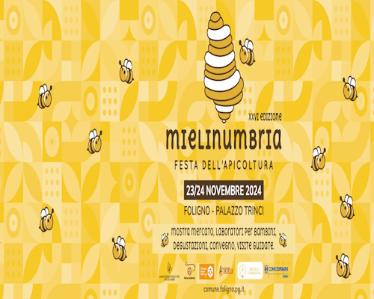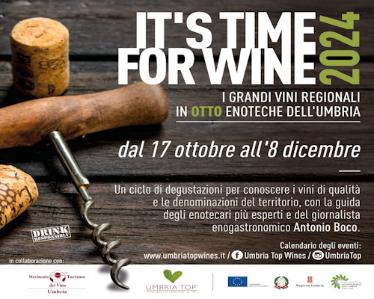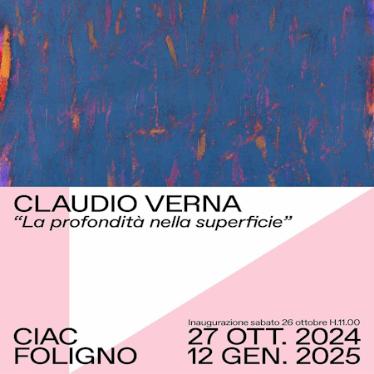HISTORY
Foligno was founded by the ancient Umbrians, followed by the Romans, who made it a municipium and an important post on the Flaminian Way. Later destroyed by barbarian invasions and subsequently rebuilt, it became an independent commune in the 11th century, but in about 1310 it came under the seigniory of the powerful Trinci family (vicars of the Church after 1336), under whose rule the town developed considerably. With the Trinci it extended its dominion over many neighboring towns (Assisi, Spello, Montefalco). In the 15th century it became part of the Papal States, remaining under its rule (except for the brief Napoleonic period) until 1860, when it became part of Italy with the birth of the Italian State.
ART, CULTURE, ENVIRONMENT
Foligno's historic center has a number of beautiful religious buildings and noble palaces. Starting from Piazza della Repubblica, focal point of the town's civic and social life, worthy of a visit are the Cathedral, with its secondary façade, an architectural gem, by the masters Rodolfo and Binello (1201), the Town Hall, and Palazzo Trinci (1389-1407), seat of the Archeological Museum and of the Picture Gallery. Nearby is the new Municipal Library, which has over 600 drawings by the Imperial Regio Architect Giuseppe Piermarini. Other must-sees are: the Romanesque Church of Santa Maria Infraportas, with frescoes by Nelli, Ugolino di Gisberto, Alunno and Mezzastris; the Church of San Salvatore, with an 18th-century interior by the architect Luigi Vanvitelli; and the former church of San Domenico, today a splendid Auditorium. There are also the Oratory of the Nunziatella, a fine example of Renaissance architecture with two frescoes by Perugino, and the Church of San Francesco, which holds the remains of Blessed Angela of Foligno, a famous mystic and teacher of theology who was born near the present-day Porta Romana. Another important religious building is the Cathedral of San Feliciano, which according to tradition stands on the spot where the first bishop of Foligno is buried, a Christian martyr under the emperor Decius. The noble palaces include Palazzo Orfini, where Evangelista Mei of Foligno and Johann Numeister from Germany printed the first edition of Dante's Divine Comedy in 1472, Palazzo Cantagalli, Palazzo Deli, Palazzo Alleori Ubaldi, Palazzo Bartocci and Palazzo Candiotti.
Nearby are the very interesting Sassovivo Abbey (11th century), with its stupendous Romanesque cloister and unique mystical Benedictine atmosphere, the Church of Santa Maria in Campis, an early Christian basilica restored in the 19th century, and the Rocca dei Trinci fortress (15th century) in Sant'Eraclio. In Pale, an old village famous for the paper mills built there in the 13th century, there is a castle, as well as the churches of San Biagio and Santa Maria Giacobbe. Not far away is the Hermitage, a church dug out of the rock and decorated with frescoes. Worthy of a visit in Colfiorito are the archeological findings and the Church of Santa Maria di Plestia (10th century). The Colfiorito Regional Park is a vast tableland of great natural and environmental interest and worth: it comprises a marsh, home to rare species of plants, flowers and water birds, a mountain, and the archeological site of the ancient Roman town of Plestia.






























